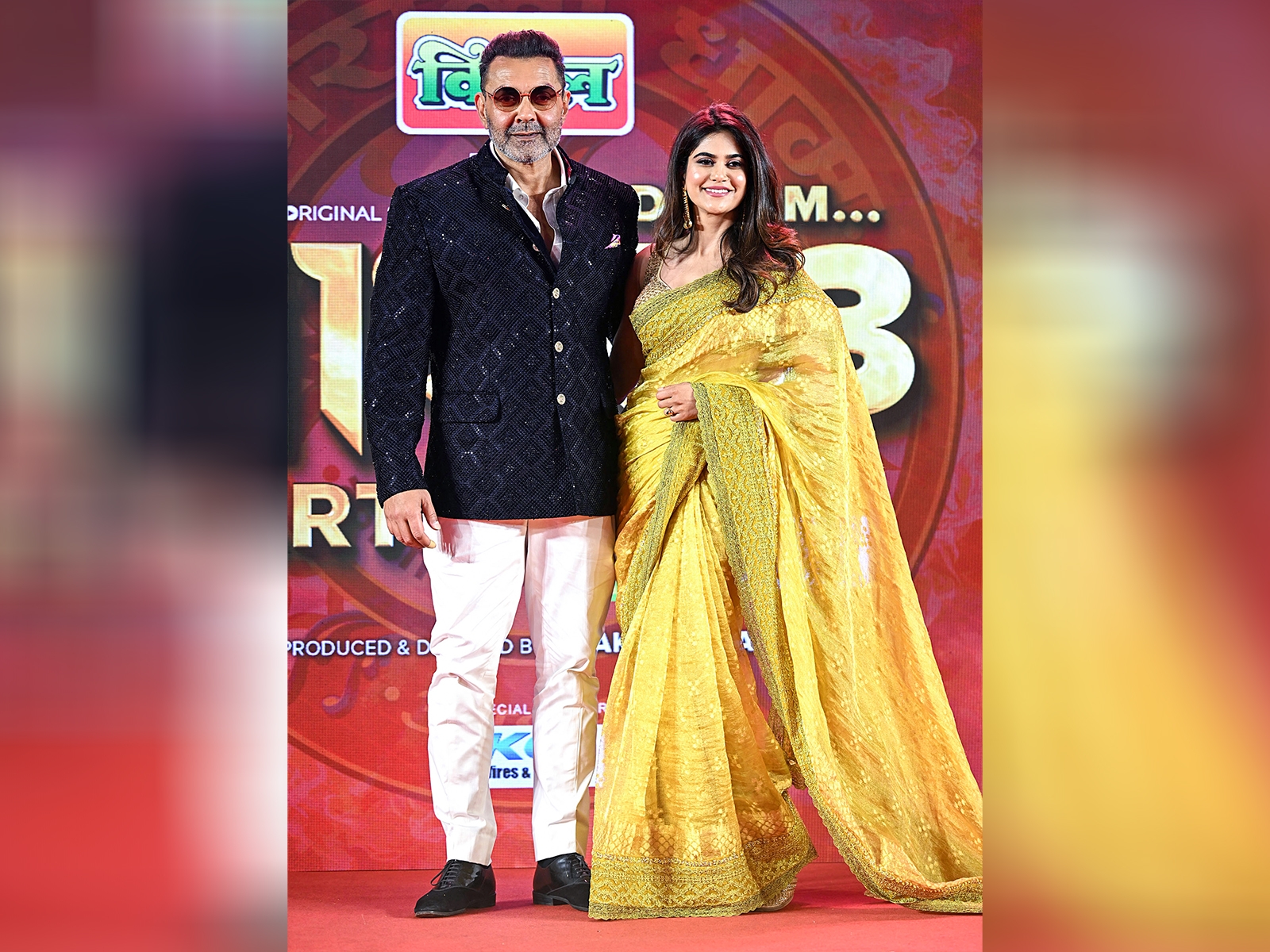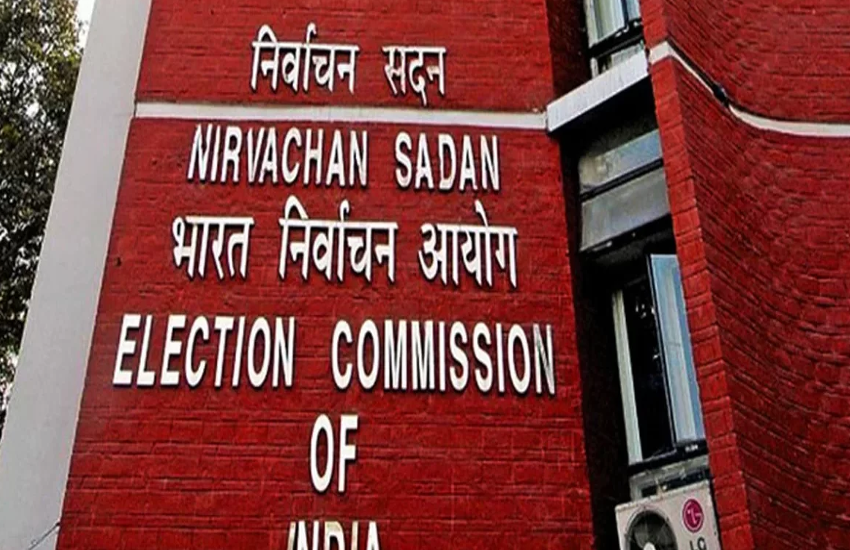Big Billion Days sound big. But here's a reality check on e-commerce in India

Who doesn't love a good discount? Netizens sure do. Needless to say all antennae were up when Flipkart announced its second Big Billion Days (BBD) sale - the e-tailer promises to offer mouth-watering discounts for five days starting Tuesday, just in time for festive season.
Technical glitches marred last year's edition of BBD - a window where Flipkart tries to notch up a billion sales. Evidently, that hasn't disheartened the company. And Flipkart is not alone: Amazon and Snapdeal are also offering discounts on a slew of products on the same days.
Promotions for these 'sales' have flooded social media and TV channels as the three aggressively try to grab as big a piece of India's e-commerce pie as they can. But just how big is the pie? Here's your crash course to that and other such questions:
dollars
- is the projected annual e-commerce sales in India by this year.
- That would be a 45% jump from last year.
- But Amazon made three times that much in revenue in the quarter ending June 30.
dollars
- is what e-commerce firms expect to spend in India between 2017 and 2020 on infrastructure, logistics and warehousing, according to PricewaterhouseCoopers and Assocham.
- Once again, Amazon invested about $2 billion in the first year of its operations here.
- Between 2015 and 2020, India's e-commerce industry is set to grow 36% annually, according to TechSci Research.
dollars
- is generated in revenue every 30 seconds globally by the e-commerce industry.
- it takes Walmart about a week to make that much.
- Most of the online sales are generated from Facebook, Twitter and Pinterest.
- Globally, e-commerce is driven by sales from China and USA. Sales from India is 1/80th the size of that of China and 1/58th of that of the USA. We don't even feature among the top 10 countries, according to a report by IndiaSpend.

dollars
- was India's retail e-commerce sales (excluding travel-related sales) last year - a jump of 47.6%.
- The total retail sales in the country during 2014 was a whooping $718 billion.
- Retails e-commerce sales accounted for less than 1% of total retail sales in the country in 2014.
- One reason for that is the low digital penetration in India - only 1.2 of every 100 Indian households has a broadband subscription.
- The unique visitors of Amazon India website as of May, 2015, making it the top Indian e-commerce site.
- Almost around the same time, in March 2015, US-based retail website eBay (122 million) clocked around five times more visitors.
- In the same period Flipkart had 23.5 million unique visitors and Snapdeal had 17.9 million visitors.
- As against 2014, Amazon had a 142% rise in visitors; Flipkart and Snapdeal had 80% and 90% rise respectively.
- buyers were interested in consumer electronics, according to Google India (2012); cash on delivery was the preferred mode of payment.
- Apparel and accessories were a close second, with 30% consumers scouting for them; books were sought by 15%.
- Cash on delivery, fast delivery, good deals and access to branded products were the features that hooked customers.
- What are the put-offs? Inability to touch and feel the products, to not be able to bargain, fear of faulty products and having to divulge personal and financial details online.
- The proportion of Delhiites who prefer shopping online over regular modes of shopping, according to a survey by Assocham in 2014.
- Next up are Mumbai (60%) , Ahmedabad ( 52%) and Bangalore (50%), in preference of online shopping.
- 65% online shoppers are male, as against 35% female; 55% of online shoppers are in the age group 26-35 years.
- Majority of online shopping takes on a working day (mostly Tuesday, Wednesday and Thursday) between 12 -4 pm.
Coming back to the big billion days sale,
- or six months of work by 280 people for 14 hours everyday, was devoted to get the back-end systems ready for the BBD sale by Flipkart in 2014, according to an analysis by Business Standard.
- About 50 km of optical fibre (30 km flown from abroad) were also laid to strengthen services.
- 50 tonnes of copper was moved across the country for cabling and more than 350,000 minutes of calls were made for preparations.
- Flipkart recorded a gross merchandise value of $100 million during the BBD 2014 but were full of many problems that forced the owners to apologise to the consumers.
- The gross merchandise value of BBD 2014 is higher the worldwide grossing of the Bollywood blockbuster Bajrangi Bhaijaan.
Digital e-commerce is growing every year in India, but with many impediments - companies don't make much of a profit, Internet penetration is low, there are accusations of e-tailers killing offline retail services, even controversies about whether consumers actually get good deals or not.
Whatever the answer is, we are still far away from being a big global player in the e-commerce industry.
First published: 13 October 2015, 7:25 IST

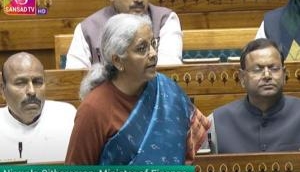
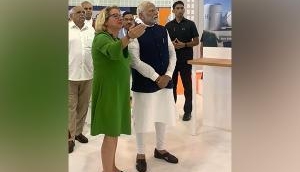
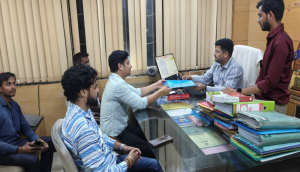


![BJP's Kapil Mishra recreates Shankar Mahadevan’s ‘Breathless’ song to highlight Delhi pollution [WATCH] BJP's Kapil Mishra recreates Shankar Mahadevan’s ‘Breathless’ song to highlight Delhi pollution [WATCH]](https://images.catchnews.com/upload/2022/11/03/kapil-mishra_240884_300x172.png)

![Anupam Kher shares pictures of his toned body on 67th birthday [MUST SEE] Anupam Kher shares pictures of his toned body on 67th birthday [MUST SEE]](https://images.catchnews.com/upload/2022/03/07/Anupam_kher_231145_300x172.jpg)


